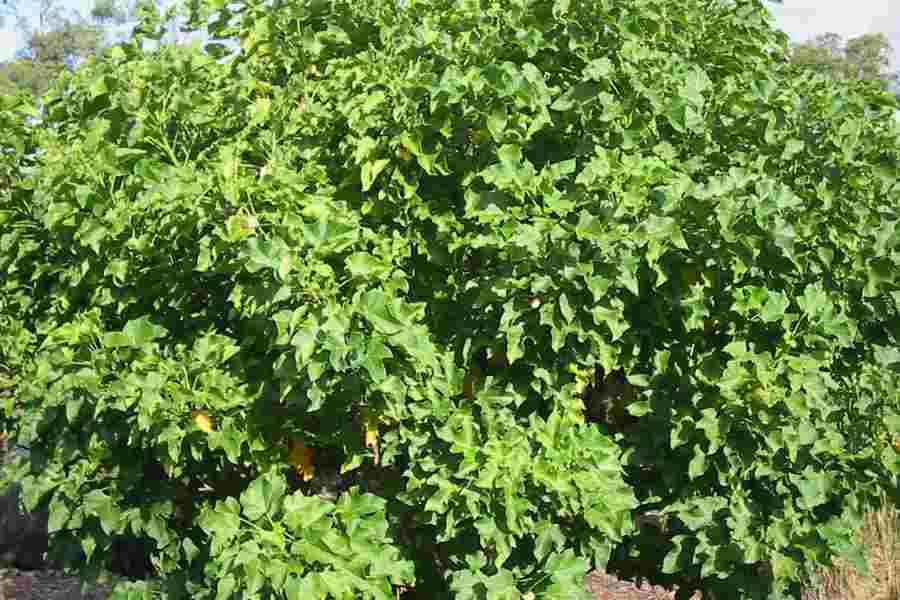
Mission NewEnergy Ltd
Add a review FollowOverview
-
Founded Date agosto 17, 1961
-
Sectors Motorista
-
Posted Jobs 0
-
Viewed 48
Company Description
Jatropha a Viable Alternative Renewable Resource
Constantly the biodiesel industry is trying to find some alternative to produce renewable resource. Biodiesel prepared from canola, sunflower and jatropha can replace or be combined with standard diesel. During first half of 2000’s jatropha biofuel made the headlines as a very popular and appealing option. It is prepared from jatropha curcas, a plant species native to Central America that can be grown on wasteland.
Jatropha Curcas is a non edible plant that grows in the deserts. The plant grows really rapidly and it can yield seeds for about 50 years. The oil obtained from its seeds can be utilized as a biofuel. This can be blended with petroleum diesel. Previously it has been used twice with algae combination to fuel test flight of business airlines.

Another favorable method of jatorpha seeds is that they have 37% oil content and they can be burned as a fuel without refining them. It is likewise used for medical purpose. Supporters of jatropha biodiesel say that the flames of jatropha oil are smoke totally free and they are successfully tested for simple diesel engines.
Jatropha biodiesel as Renewable Energy Investment has actually brought in the interest of numerous business, which have actually tested it for automotive use. Jatropha biodiesel has been roadway checked by Mercedes and three of the cars and trucks have actually covered 18,600 miles by utilizing the jatropha plant biodiesel.

Since it is since of some disadvantages, the jatropha biodiesel have actually ruled out as a wonderful renewable resource. The greatest issue is that no one knows that exactly what the performance rate of the plant is. Secondly they do not know how large scale growing might impact the soil quality and the environment as a whole. The jatropha plant requires 5 times more water per energy than corn and sugarcane. This raises another concern. On the other hand it is to be kept in mind that jatropha can grow on tropical climates with yearly rainfall of about 1000 to 1500 mm. A thing to be kept in mind is that jatropha needs proper irrigation in the very first year of its which lasts for decades.
Recent survey says that it is true that jatropha can grow on abject land with little water and bad nutrition. But there is no proof for the yield to be high. This may be proportional to the quality of the soil. In such a case it might require high quality of land and may need the same quagmire that is faced by a lot of biofuel types.
Jatropha has one primary disadvantage. The seeds and leaves of jatropha are poisonous to human beings and livestock. This made the Australian government to ban the plant in 2006. The government stated the plant as invasive species, and too risky for western Australian agriculture and the environment here (DAFWQ 2006).
While jatropha has stimulating budding, there are number of research difficulties remain. The significance of detoxing has to be studied due to the fact that of the toxicity of the plant. Along side an organized research study of the oil yield have actually to be carried out, this is very crucial because of high yield of jatropha would probably required before jatropha can be contributed significantly to the world. Lastly it is likewise really important to study about the jatropha species that can endure in more temperature climate, as jatropha is very much restricted in the tropical environments.
